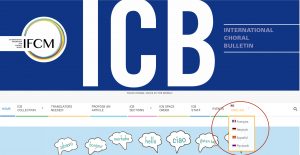Множество голосов: новая полифония в англо-американской хоровой музыке XXI века. Часть вторая
Грэм Лэк
композитор
В первой части данной статьи была представлена краткая история самой ранней вокальной полифонии, использовавшейся в Западной церкви, от органума до произведений Джона Данстейбла включительно, обсуждён расцвет имитации и контрапункта, а также наглядно показано, как это прошлое может служить фоном для продолжения и развития хоровой музыки нашего времени. В двадцать первом веке ряд выдающихся хоровых композиторов продолжает писать в откровенно полифоническом ключе, и на первый план выходят несколько молодых представителей искусства контрапункта. Между полифонией и контрапунктом всегда существовало чёткое различие: любой контрапункт полифоничен, но не вся полифония контрапункциональна. Во второй части статьи рассматриваются хоровые произведения британских композиторов Джона МакКейба, Дэвида Мэтьюза, Алека Рота и Джудит Вейр. Из-за отсутствия какого-либо более строгого критерия эти выдающиеся фигуры расположены в порядке дат рождения в надежде, что можно будет все-таки распознать некоторые ярко выраженные тенденции. Все звуковысотные классы приведены у Гельмгольца.
Перевод с английского языка: Юлия Разживина
Уважаемый читатель, если Вы хотите прочитать эту статью целиком, её полный текст доступен на английском, испанском и французском языках. Вы можете выбрать удобный Вам язык, щёлкнув на флажок в крайней правой вкладке главного меню.
